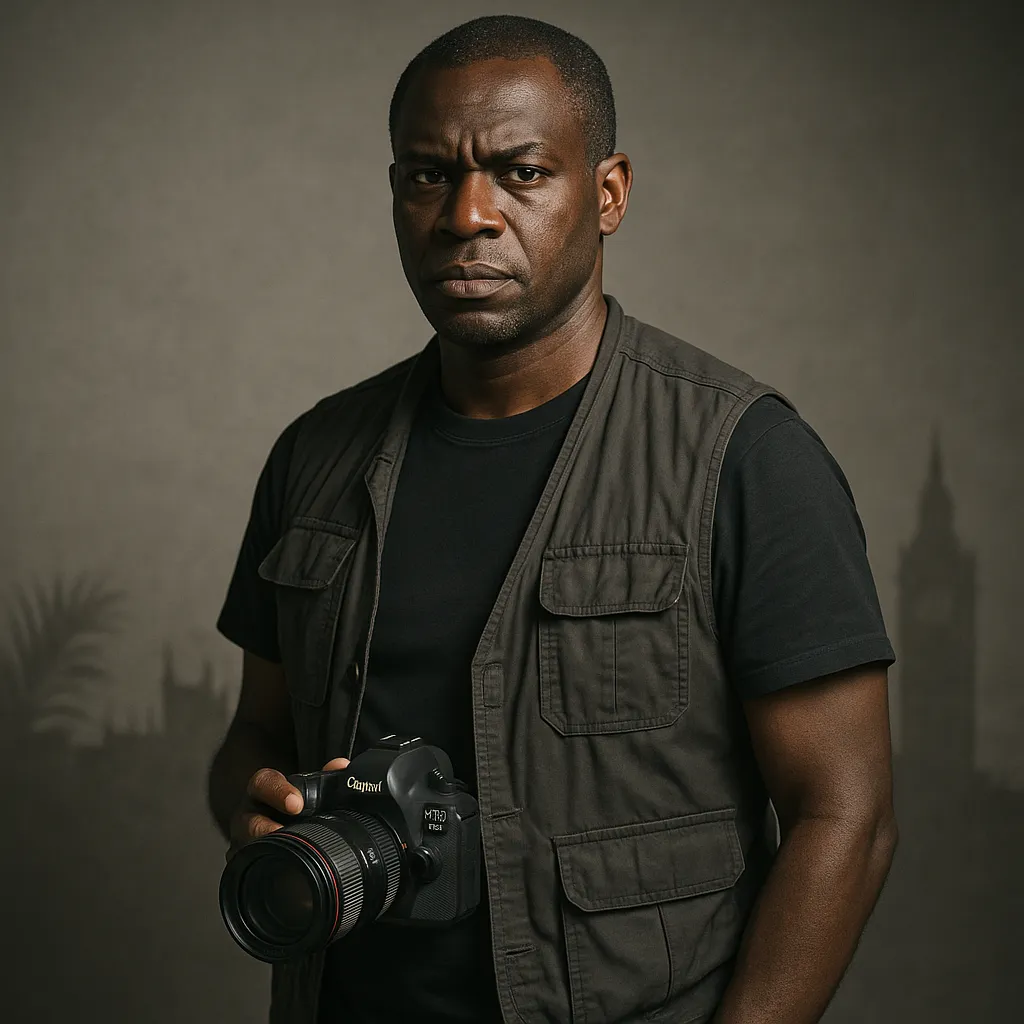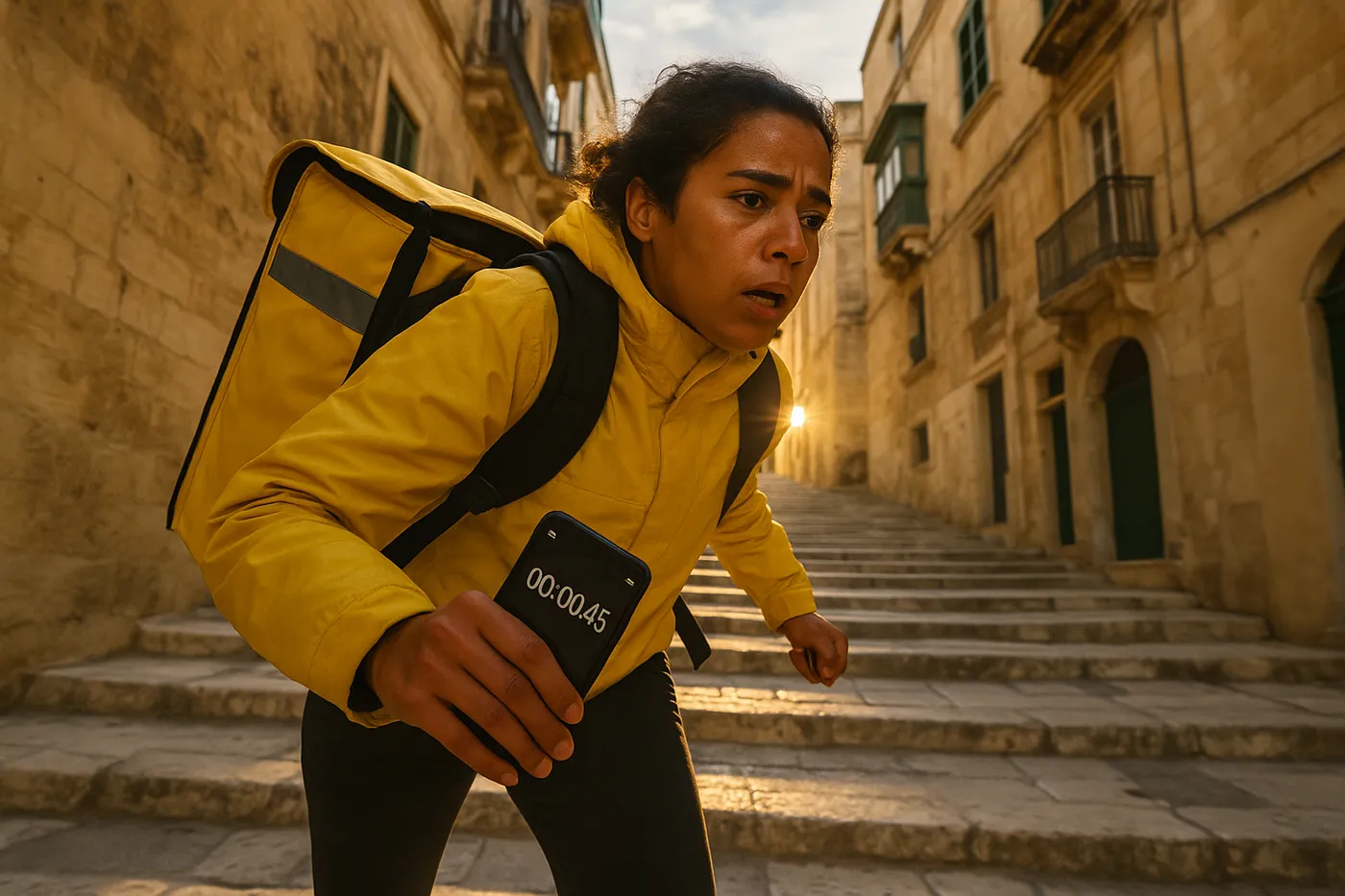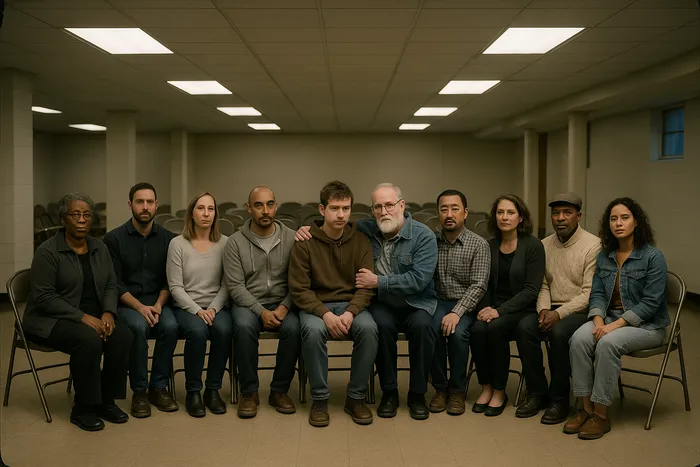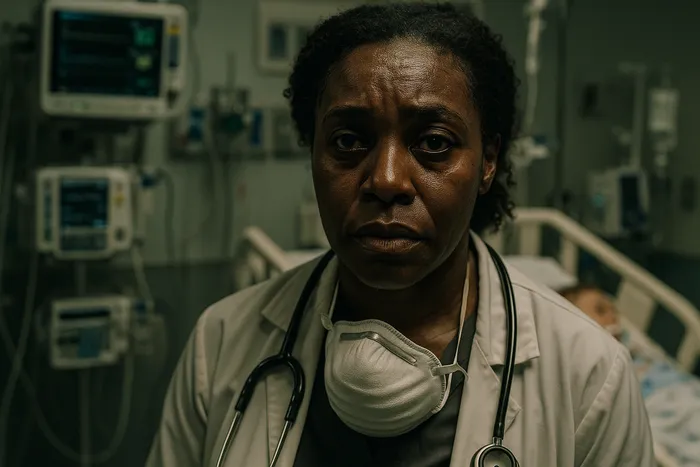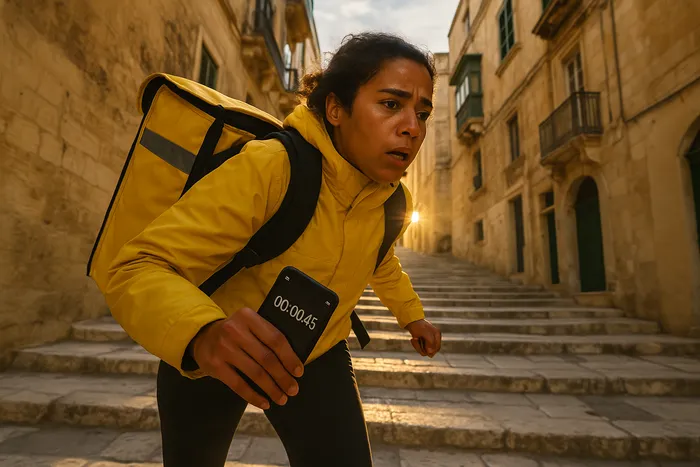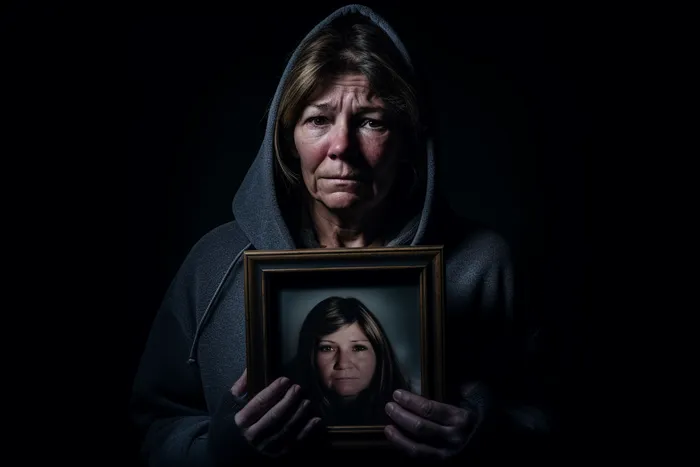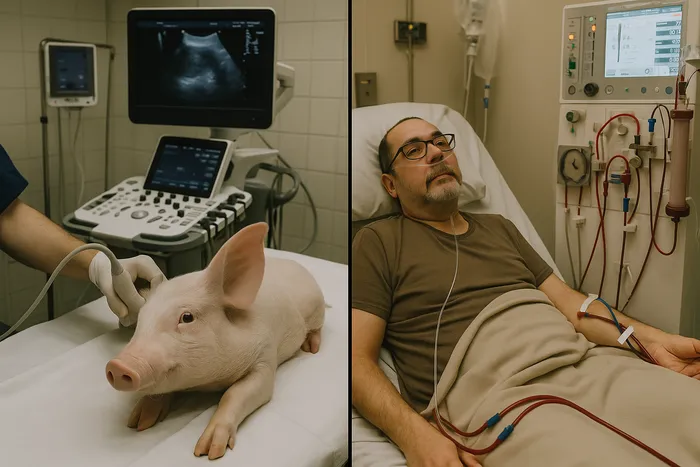The queue outside the East London NHS clinic begins forming at 6 AM. By 8 AM, when the doors open, seventy-three people wait in the December cold, hoping their number will be called for the weight management program that might grant them access to Wegovy—the same medication administered with champagne in private Harley Street clinics just four miles west.
This is the geography of pharmaceutical revolution in 2024: revolutionary treatments that promise to reshape public health while reinforcing the very inequalities they could help solve. As GLP-1 receptor agonists transform obesity treatment, offering unprecedented efficacy in weight reduction and cardiovascular protection, their distribution maps perfectly onto existing patterns of privilege and deprivation.
The World Health Organization hailed these medications as game-changers, capable of addressing the global obesity epidemic that affects over 650 million adults worldwide. Yet in practice, access remains determined by postcode and paycheck rather than medical need. In London's private clinics, patients receive comprehensive metabolic assessments, personalized nutrition counseling, and weekly injections in spa-like settings. The £300 monthly cost represents a lifestyle investment for those who can afford it—less than their gym membership, as one Mayfair patient noted.
Meanwhile, NHS patients navigate a labyrinth of referrals, waiting lists, and strict eligibility criteria. The same medication that flows freely in private practice remains rationed in public healthcare, reserved for those with the highest BMI scores and most severe complications. The waiting list stretches to eighteen months in some boroughs, during which time preventable complications accumulate and hope diminishes.
This visual investigation spent eight months documenting parallel treatment pathways, revealing how pharmaceutical innovation intersects with systemic inequality. The architectural spaces themselves tell the story: marble lobbies versus linoleum corridors, private consultation suites versus shared waiting areas, individual attention versus institutional processing. These environments shape not just the treatment experience but its outcomes—dignity versus desperation, empowerment versus endurance.
The human cost of this divide extends beyond individual health outcomes. Families watch loved ones struggle with diabetes complications while reading about miracle weight loss drugs in celebrity magazines. NHS doctors prescribe outdated treatments knowing superior options exist behind paywalls. The pharmaceutical revolution proceeds on two tracks, transforming some lives while others watch from the platform.
As obesity-related conditions cost the NHS £6.5 billion annually, the false economy of restricting access becomes clear. Yet the pattern repeats with each medical breakthrough—innovation for the few, eventual dilution for the many. These images document not just a moment in pharmaceutical history but a recurring failure of imagination about what equitable healthcare could achieve.
Photographer Bio
James Okafor's journey from conflict zones to healthcare frontlines reflects a deeper understanding of violence in its many forms. Born in Lagos and raised in Birmingham, he first picked up a camera while studying engineering, drawn to photography's power to reveal hidden structures of inequality.
His decade covering West African conflicts taught him to see beyond immediate violence to systemic failures. The 2014 Ebola outbreak became a turning point—watching families separated by treatment availability based on economic status rather than medical need. This experience reshaped his practice, bringing conflict photography's urgency to social justice documentation.
Now working between London and Lagos, Okafor specializes in revealing how architectural and institutional spaces perpetuate inequality. His work appears regularly in The Guardian, The BMJ, and medical humanities journals. He teaches documentary photography at Goldsmiths while continuing long-term projects on healthcare access. His approach—treating medical spaces with the same analytical rigor as conflict zones—creates images that demand both witness and response.
Image Captions
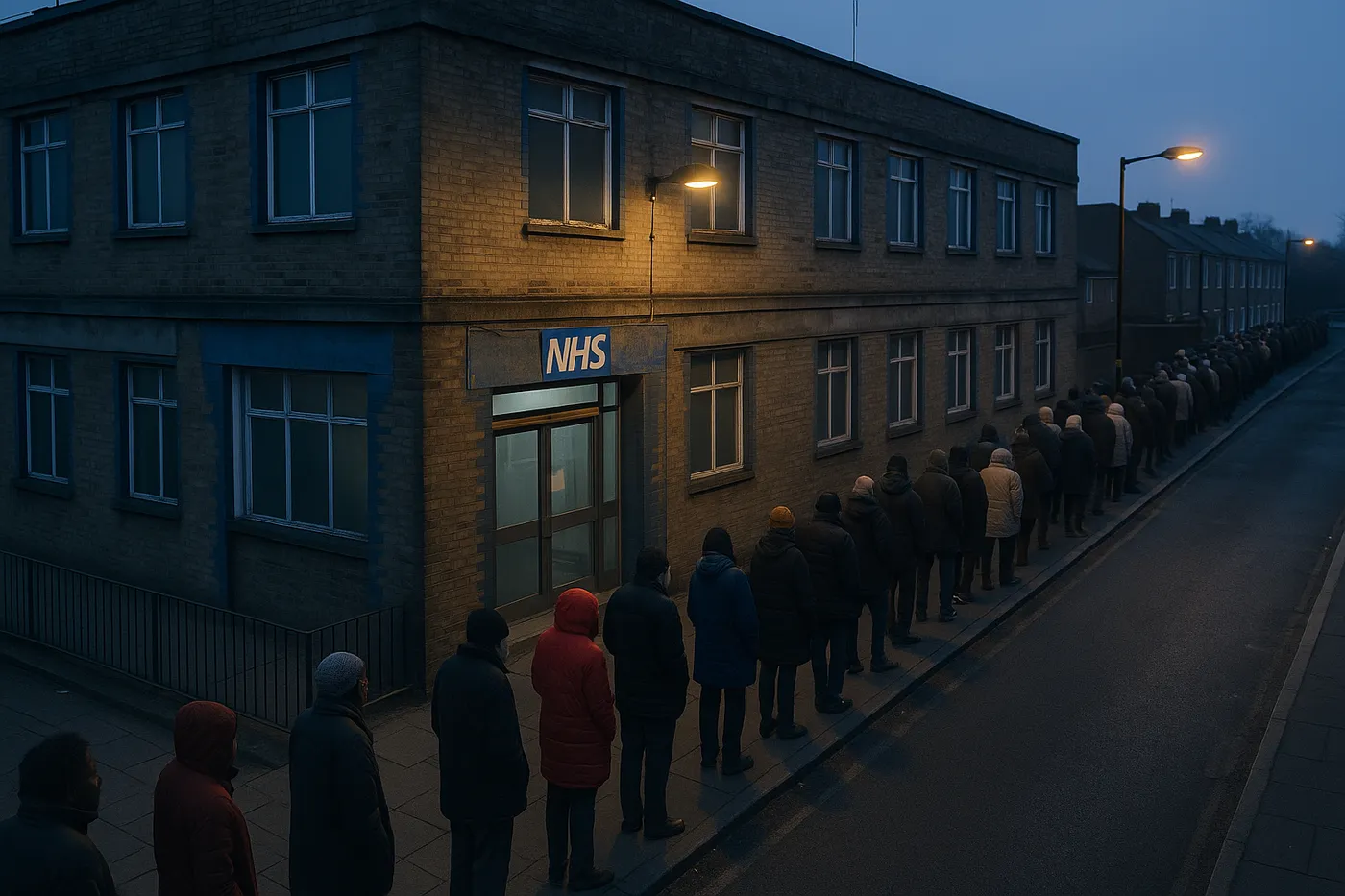
Photo 1: Morning Queue
Image 1: Morning queue outside Newham NHS Weight Management Clinic, December 2024. Patients began gathering at 6 AM for the 8 AM opening, hoping to secure one of twenty daily consultation slots. Many had been on waiting lists for over a year to access GLP-1 medications.
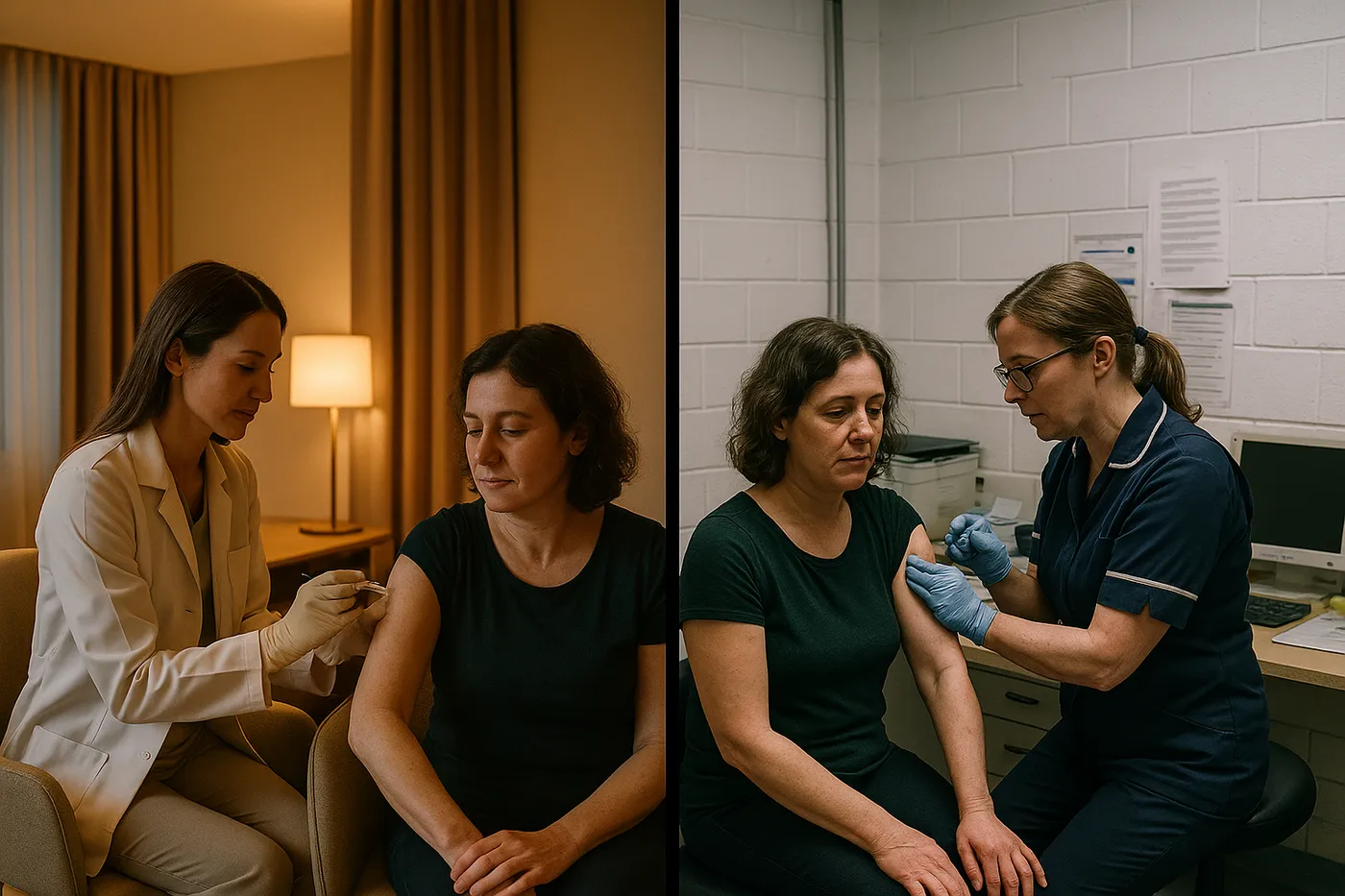
Photo 2: Split Consultation Rooms
Image 2: Split consultation rooms: Dr. Sarah Chen administers Wegovy in her Harley Street clinic (left) while NHS nurse practitioner Michael Adu manages a packed schedule in Tower Hamlets (right). The same medication, administered four miles apart, represents different worlds of care.
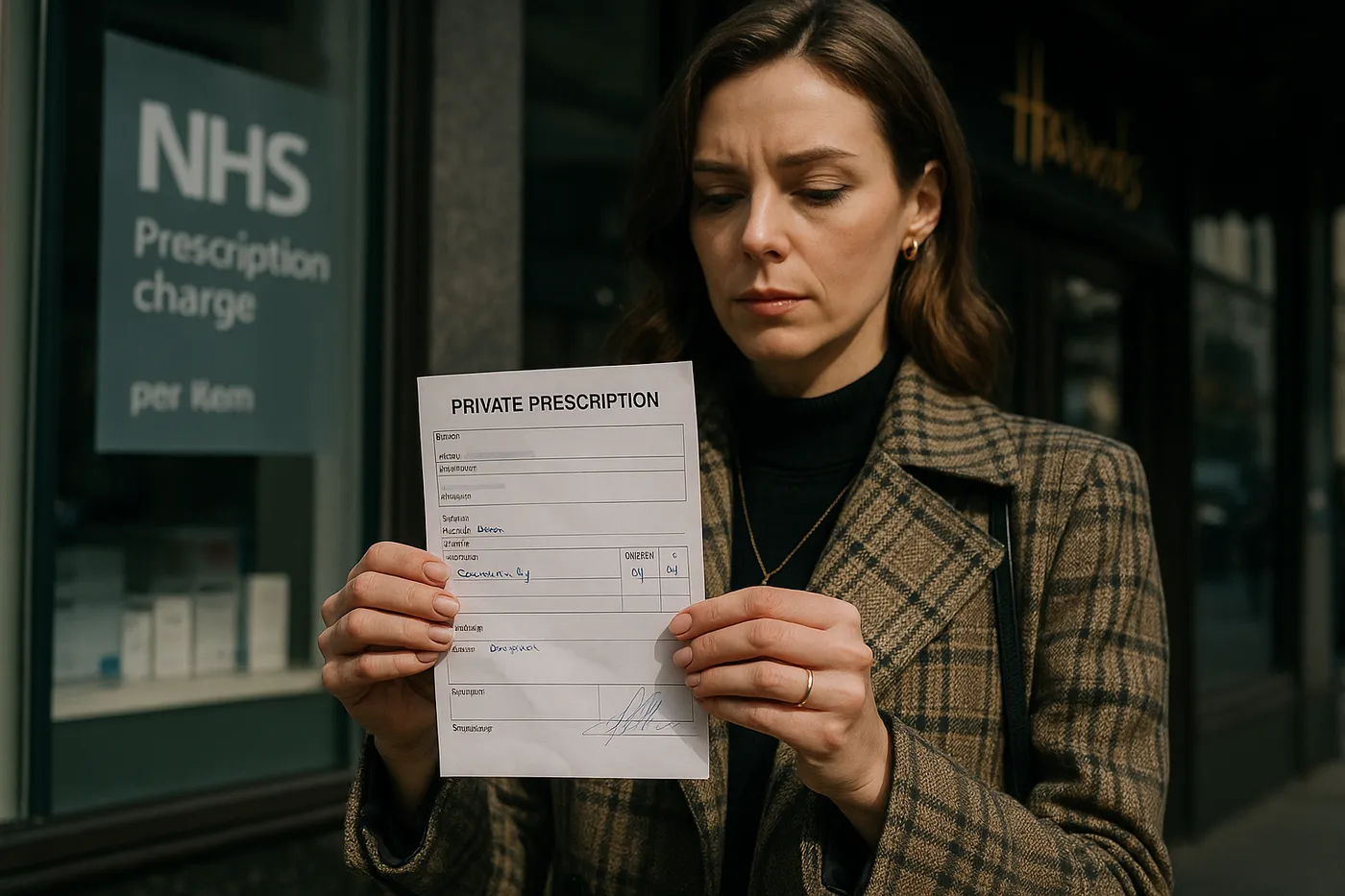
Photo 3: Private Patient
Image 3: Private patient Victoria Pemberton holds her £300 monthly Wegovy prescription outside Harrods, where she shops after her appointment. Behind her, an NHS prescription charge notice shows the same medication's theoretical cost of £9.65—if it were available.
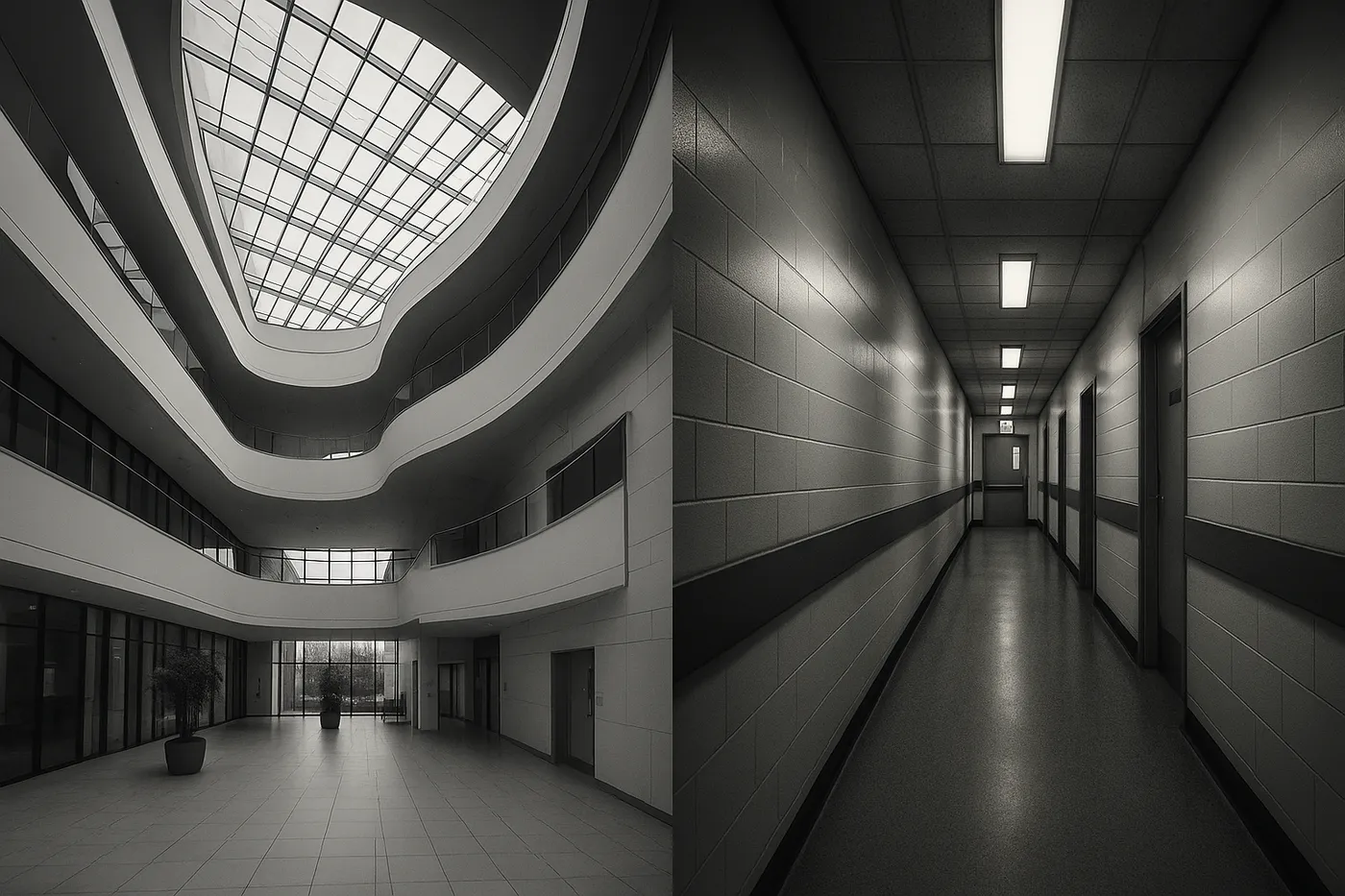
Photo 4: Architectural Study
Image 4: Architectural study of healthcare spaces: The atrium of a Mayfair private clinic floods with natural light, while fluorescent tubes illuminate the narrow corridors of Whitechapel NHS clinic. Space itself becomes a determinant of health outcomes.
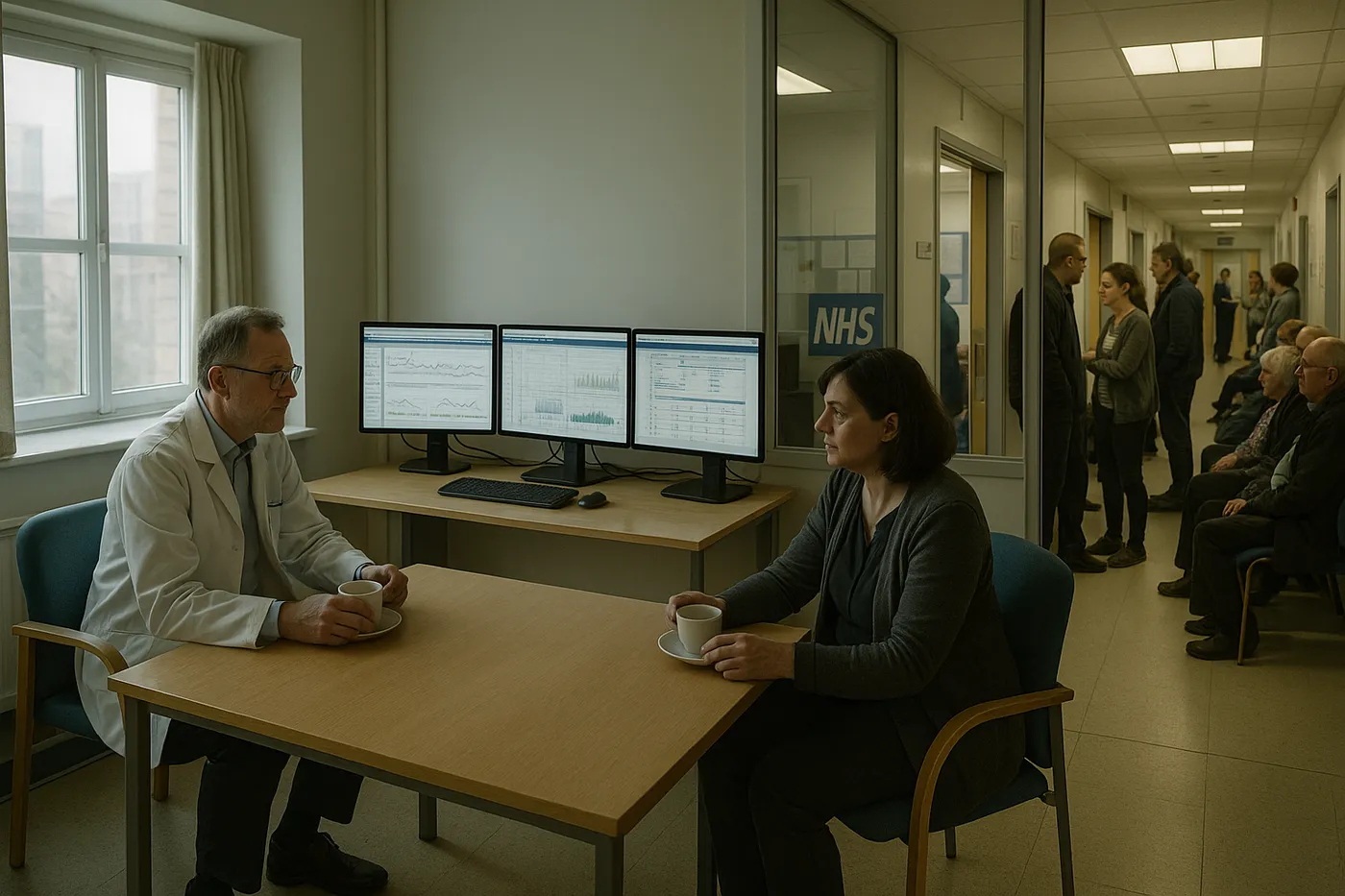
Photo 5: Extended Consultation
Image 5: Extended consultation at The London Obesity Clinic allows for detailed metabolic testing and lifestyle planning. In contrast, NHS appointments average 12 minutes to assess eligibility for the same treatments, with months between follow-ups.

Photo 6: Environmental Portraits
Image 6: Environmental portraits in Clapham and Croydon: Private patient Marcus Wellington, transformed after six months of treatment, jogs through Clapham Common. Sandra Okoro, still waiting for NHS approval after 18 months, manages her diabetes with older medications in her Croydon council flat.
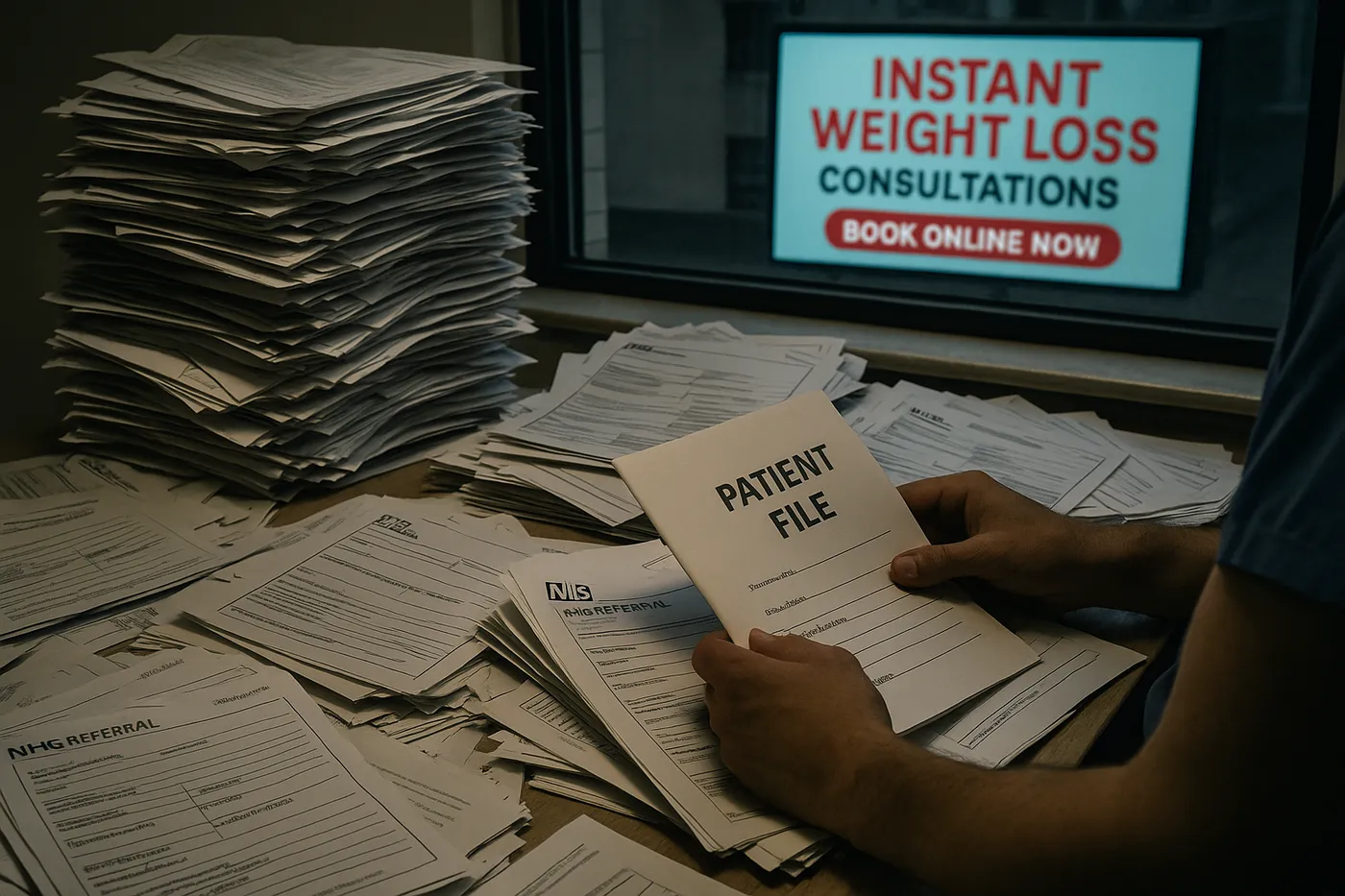
Photo 7: The Referral Maze
Image 7: The referral maze: NHS patient files cascade across a case worker's desk in Lambeth, each representing months of assessments, appeals, and eligibility reviews. Through the window, a private clinic's simple online booking system advertises "Same Day Consultations Available."
Image Prompts
Image 1 Prompt: Long queue of diverse patients waiting outside a weathered NHS clinic building in East London at dawn, winter morning with visible breath in cold air, shot from elevated position showing the line wrapping around the building, Canon EOS R5 with 35mm f/4 lens, blue hour lighting with street lights still on, geometric composition emphasizing the length of the queue, desaturated colors with pops of winter clothing colors, somber yet dignified mood capturing patient determination, architectural details of aging NHS building visible, award-winning photojournalism, World Press Photo style, documentary photography excellence
Image 2 Prompt: Split diptych composition showing two medical consultations happening simultaneously: luxurious private clinic room with modern furniture and warm lighting on left, cramped NHS consultation room with dated equipment on right, both showing medical professionals administering the same injection, shot on Canon EOS R5 with 35mm f/4 lens, strong contrast between warm and cold color temperatures, symmetrical composition emphasizing parallel yet different experiences, clinical precision with human warmth, award-winning press photojournalism, World Press Photo winner style
Image 3 Prompt: Well-dressed woman in designer coat holding expensive private prescription outside Harrods in Knightsbridge, with NHS prescription pricing notice visible in pharmacy window behind her, shot on Canon EOS R5 with 50mm f/5.6, afternoon light creating shadows, shallow depth of field keeping focus on the prescription and her manicured hands, muted color palette with selective color on prescription details, composed to show economic contrast, award-winning photojournalism, National Geographic quality, documentary photography
Image 4 Prompt: Dramatic architectural comparison showing modern private clinic glass atrium with natural light flooding in from above contrasted with narrow fluorescent-lit NHS hospital corridor, shot on Canon EOS R5 with 24mm f/11 for maximum depth, strong geometric lines and perspective, high contrast between organic curves of private space and institutional straight lines of public space, black and white with subtle color grading, emphasizing how architecture shapes healthcare experience, award-winning architectural photojournalism, World Press Photo style
Image 5 Prompt: Wide shot of spacious private consultation room with doctor and patient having unhurried discussion over tea, multiple monitors showing detailed metabolic data, versus packed NHS clinic visible through glass partition with patients waiting in hallway, shot on Canon EOS R5 with 35mm f/4, natural window light contrasting with harsh fluorescent, layered composition showing multiple depths of healthcare interaction, muted colors emphasizing institutional differences, award-winning documentary photography, World Press Photo winning composition
Image 6 Prompt: Environmental portrait of fit middle-aged man jogging confidently through upscale Clapham Common park contrasted with woman checking blood sugar in modest council flat kitchen in Croydon, both subjects centered in their environments, shot on Canon EOS R5 with 50mm f/5.6, golden hour light for jogger versus kitchen fluorescent for diabetic patient, compositions that show how environment shapes health outcomes, color grading emphasizing warmth versus coldness, dignified portraiture style, award-winning photojournalism, World Press Photo excellence
Image 7 Prompt: Overwhelming pile of NHS referral paperwork and patient files covering entire desk surface with healthcare worker's hands sorting through them, through the window a digital billboard advertising "Instant Weight Loss Consultations - Book Online Now" for private clinic, shot on Canon EOS R5 with 35mm f/4, harsh overhead office lighting creating strong shadows on paperwork, layers of bureaucracy visible in frame, selective focus on specific patient file while maintaining context of overwhelming system, desaturated office colors with pop of color from digital advertisement, award-winning documentary photography highlighting systemic healthcare challenges, World Press Photo style
Photographer Portrait Prompt
Professional portrait of Black British male photographer in his early 40s with Nigerian features, short cropped hair with slight grey at temples, wearing simple black t-shirt and well-worn photo vest, intense thoughtful expression, holding Canon camera casually at his side, shot against neutral grey background with dramatic side lighting creating strong shadows, medium format aesthetic with sharp detail, environmental elements suggesting both African heritage and London base visible in subtle background details, professional portrait, shot on medium format camera with 85mm lens at f/8, confident stance of experienced conflict photographer

